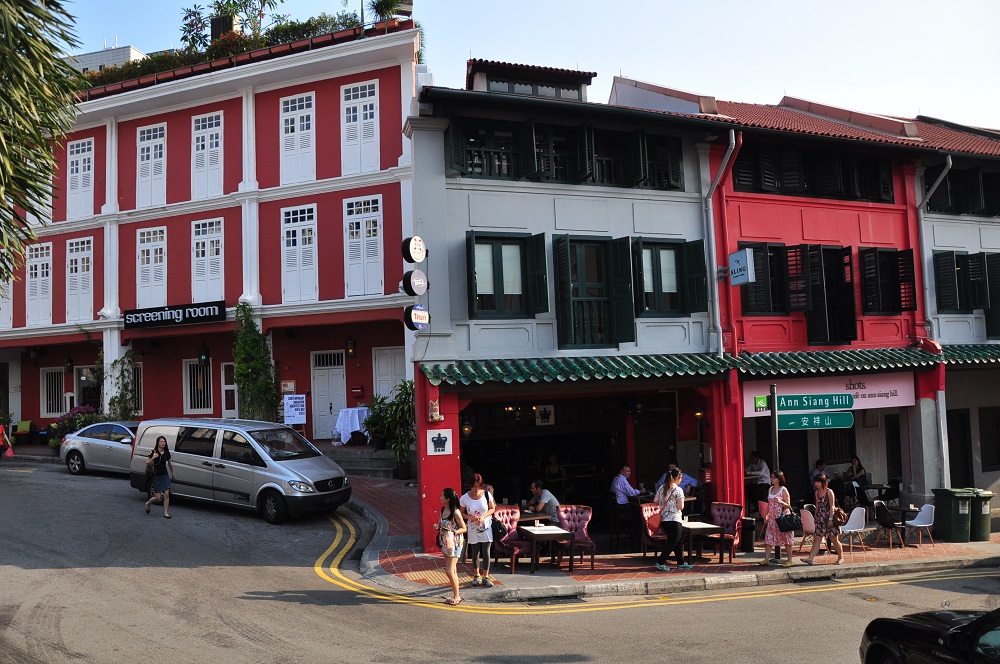European charcuterie products are increasingly being consumed in restaurants and at home as they bring a very festive and friendly note to these privileged moments of sharing. More and more Singaporeans appreciate consuming these types of products for the premium and sophisticated image they convey.
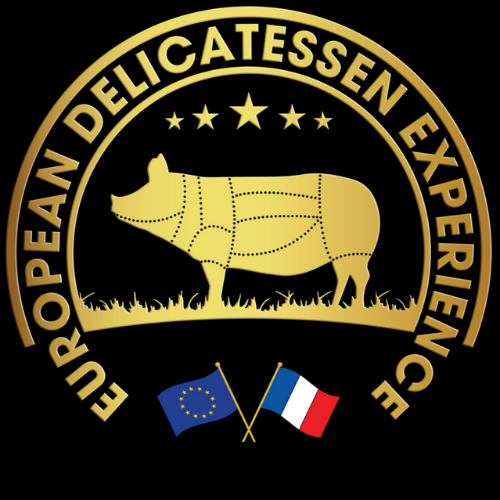
The charcuterie of Europe expresses a centuries-old art of living, advocating pleasure, sharing and conviviality. Each European region has its own specialties which, among the 450 listed, reflect their terroirs and are intimately linked to their history and climate.
Products of tradition and history
Today, European delicatessen includes many traditional products, produced according to various manufacturing processes and inspired by ancestral traditions, from cooking to salting, drying to smoking. On a platter, in tapas or on a pizza, European charcuterie products are synonymous of success when put on a plate. They are made with a know-how of excellence that explains their exceptional quality and gives them an unbeatable taste.

Made from the meat of the pig’s hind legs, dry-cured ham is the symbol of refinement in the field of charcuterie. The ham is first salted, dried, and then cured. Some are even smoked to give them a unique taste. It is served in shavings, cut with a knife, fine and translucent. Cooked ham is also prepared from the meat of the hind leg of the pig. It is salted, steamed and then braised, cooked in a linen cloth, with or without bones, or in a broth. Traditionally, ham is eaten in slices. Both products can be ideally eaten with rice, pasta, or noodles. They can also be found in croque-monsieur or club sandwiches, which are highly appreciated as aperitifs or at lunchtime.
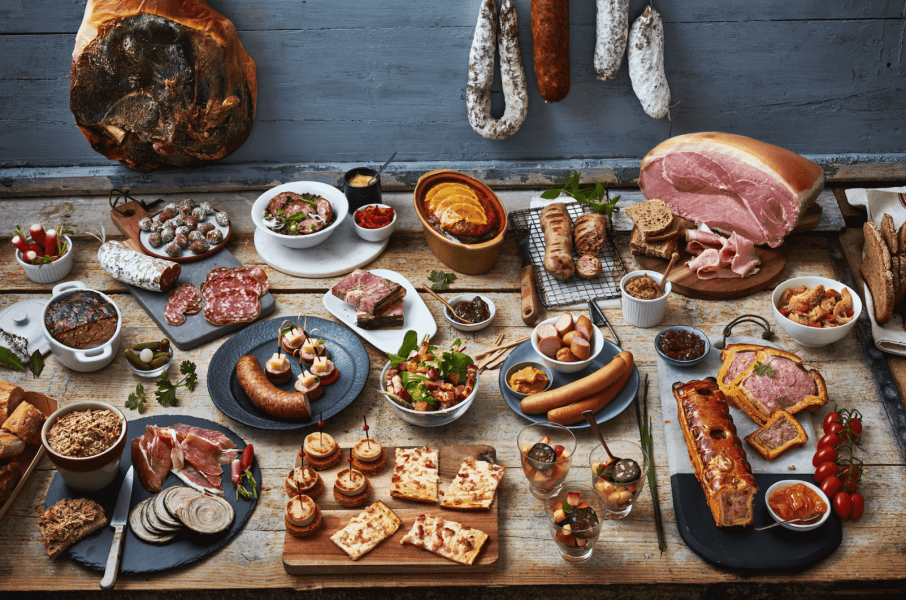
The mountain sausage or the dry sausage are two types of dry-cured sausages made from a mixture of finely chopped meat, salted, seasoned, and cased. The dry sausage is also a symbol of conviviality and often takes a place of choice on the traditional charcuterie platter. It is eaten in very thin slices, at room temperature, with or without bread or baguette.
The delicious sausages to be grilled or cooked cannot be ignored. Dry-cured sausages or cooked sausages are excellent choices. These are sausage products made of a casing filled with minced meat, salted, and seasoned differently depending on the recipe and the region. Among the cooking sausages, we can think of raw sausages to grill, pan-fry or fry, such as chipolata or merguez. They are usually popular as appetisers. These sausages can be eaten in the same way as Chinese sausages (La Chang) or Taiwanese sausages, which are extremely popular in Singapore, especially during celebrations. Cooking them with fried rice can also be a delicious recipe.
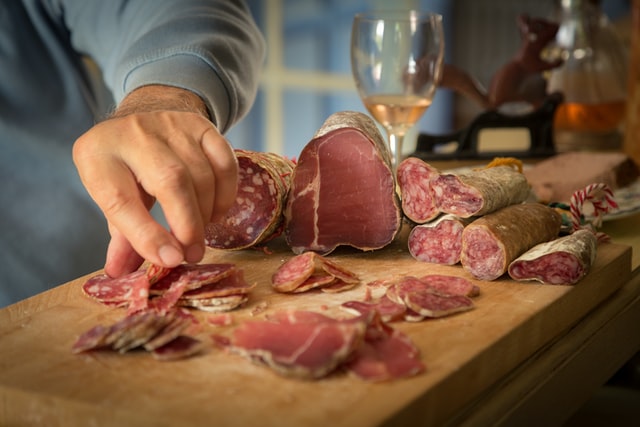
(Image: Alex Guillaume/Unsplash)
Andouille and andouillette are among the low-fat sausage products and are a good source of protein. They are made from coarsely chopped parts of the pig’s digestive tract, cased and cooked. Spices, aromatics, or condiments can add a lot of originality to these two products. These two products can easily be eaten with all kinds of vegetables, in a wok or even with seafood. They can be eaten cold or hot, depending on preferences.
True European classics, such as terrines and rillettes are also appreciated when you think of dishes that symbolise sharing and conviviality. They are best enjoyed amongst friends, with toasted bread, and a few condiments. Terrines and rillettes can also be eaten for lunch between two slices of bread or in a delicious French baguette. Dressed up with truffles or other mushrooms, these products will satisfy your taste buds. These can also be consumed locally with plain jasmine rice, with some salad or stir-fried vegetables. Alternatively, they can be added in plain buttered pasta with some fresh cut salad or tomatoes or topped with shredded cheese according to your preference!
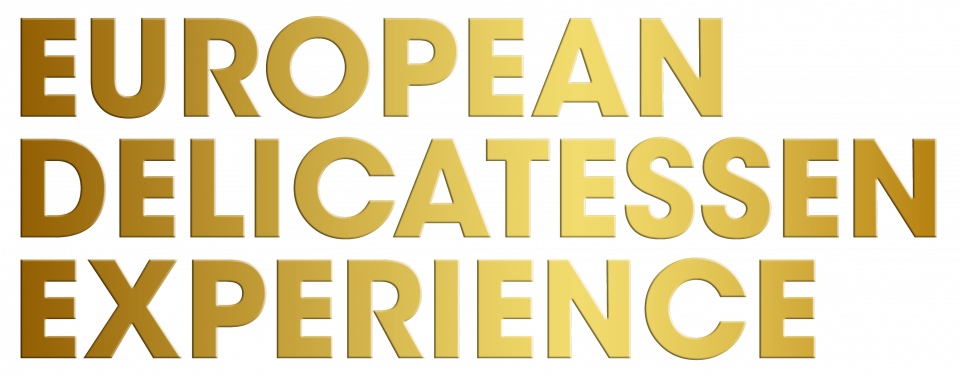
Put Europe on your plate
Symbolising union and conviviality, European charcuterie meets a need for human unique moments and comfort in these times of pandemic. Most charcuterie products are eaten directly without any long preparation but you can use your imagination to incorporate them into new ideas from the recipes section of www.europeandelicatessenexperience.com. Deli meats, especially dry and cooked hams, can be used in delicious Asian recipes or simply as an appetiser for sausage and sausages, accompanied by a good glass of wine.
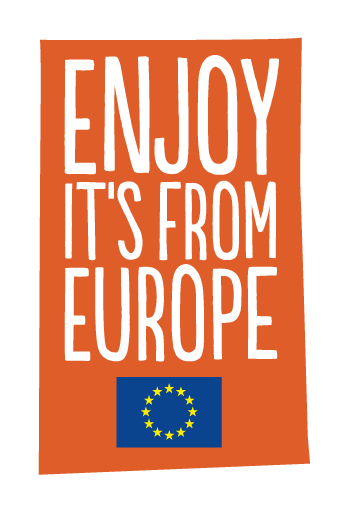
A guarantee of quality and authenticity
European official signs, such as PDO or PGI, inform the consumer of the products’ quality which respect a precise product specification and are elaborated in Europe. The respect of the quality of the products is at the heart of the companies of delicatessen since generations. At the same time, the traceability of the products, the environmental awareness and the animal conditions and nutrition are all points which producers are engaged in.






